The story of Poverty Point is a mystery that crackles through the silence of ancient earthworks, echoing with the footsteps of people lost to time. Imagine standing atop a massive, grassy ridge, looking out over manmade mounds that rise like sleeping giants from the Louisiana landscape. Beneath your feet, a city once bustled—its builders leaving behind no written records and only enigmatic clues carved into the soil. Who were they? Why did they build such a sprawling complex centuries before the pyramids of Giza? The answers are tantalizing, shrouded in the mists of deep prehistory, and the quest to uncover the makers of Poverty Point is as thrilling as any archaeological adventure.
A Landscape of Secrets
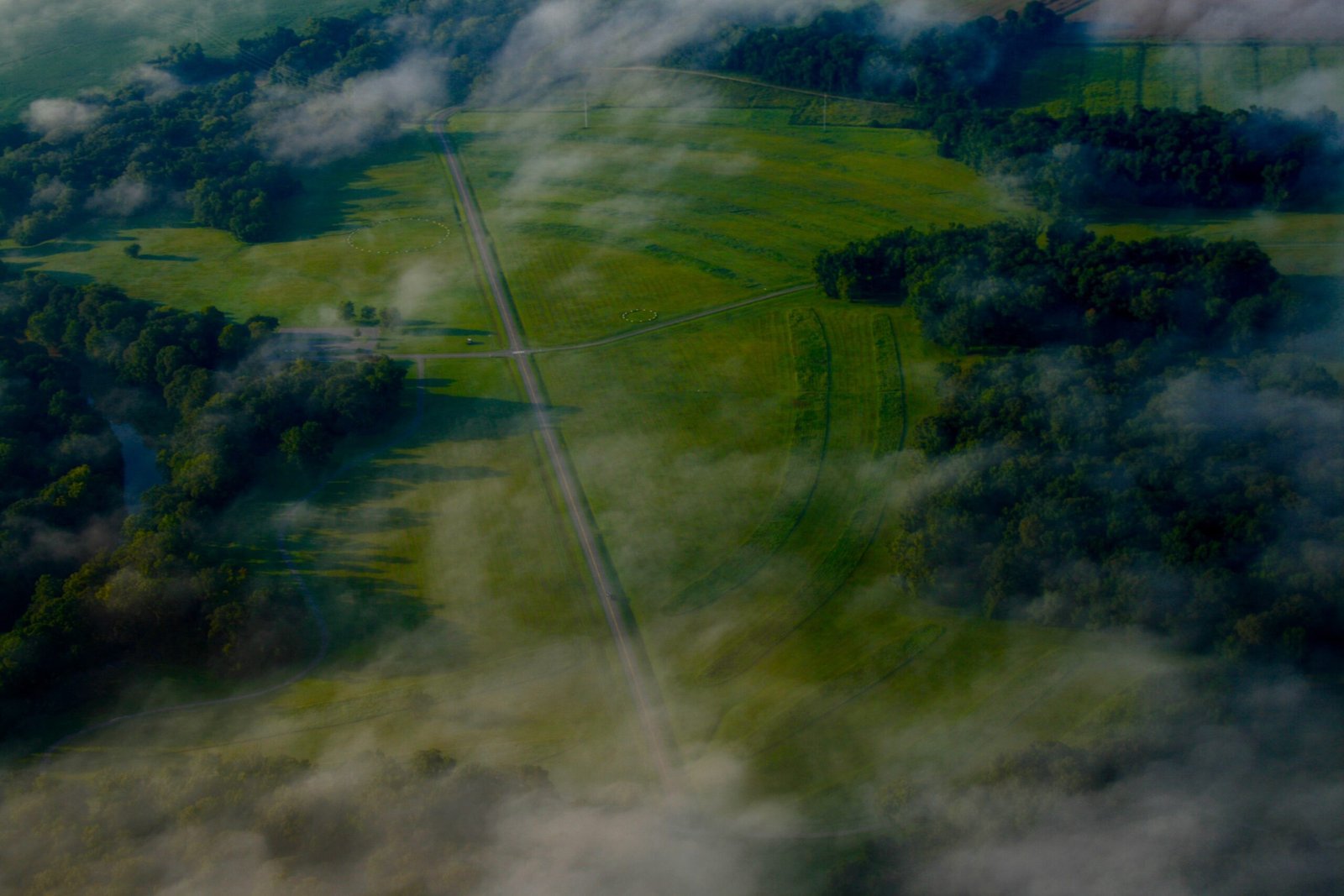
Poverty Point isn’t just a single mound—it’s an entire complex, with vast earthworks stretching over 900 acres. When archaeologists first mapped the site, they were stunned by the intricate arrangement: six concentric ridges, massive mounds, and avenues radiating outward like spokes on a wheel. The sheer scale hints at a highly organized society, one capable of planning and executing construction on a grand scale. The site’s complexity suggests a central planning authority, yet no evidence of kings or palaces has ever been found. The landscape itself is like a cryptic message waiting to be decoded.
The Builders: Who Were They?

The people who built Poverty Point lived thousands of years before written history touched North America. Archaeologists call them the Poverty Point Culture, but their real name is lost to time. These people weren’t farmers—they were hunter-gatherers, thriving in a world dominated by forests, rivers, and wildlife. Despite lacking agriculture, they organized labor forces to move millions of cubic feet of earth, suggesting an advanced social structure. Their story is one of ingenuity, resilience, and perhaps a dash of mystery—every artifact uncovered is a whisper from a vanished world.
Dating the City: Ancient Beginnings
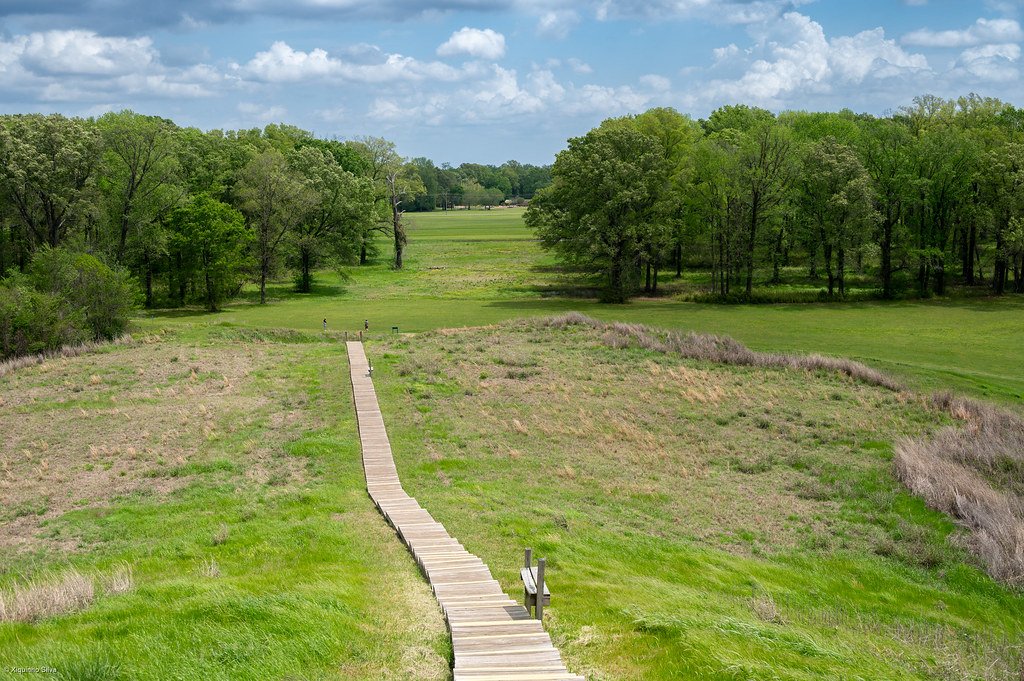
Carbon dating and artifact analysis place the construction of Poverty Point between 1700 and 1100 BCE. That’s older than Iron Age Europe and almost as old as Stonehenge. The site was built during a time when most humans were still living in small, scattered bands. Yet here, in what is now northeastern Louisiana, a community gathered to build something monumental. The age of Poverty Point makes it not just a local marvel, but a global wonder—one of the earliest and most ambitious construction projects in human history.
Engineering Feats Without Metal Tools

One of the most astonishing things about Poverty Point is how it was built. The people had no metal tools, no beasts of burden, and no wheeled vehicles. Instead, they used baskets to carry earth—tons upon tons, moved by hand. The ridges and mounds were carefully planned, with precise curves and alignments. Modern engineers marvel at the technical skill required. It’s a bit like building a skyscraper with nothing but spoons and determination. The sheer willpower and coordination required are almost unfathomable.
The Mysterious Mounds
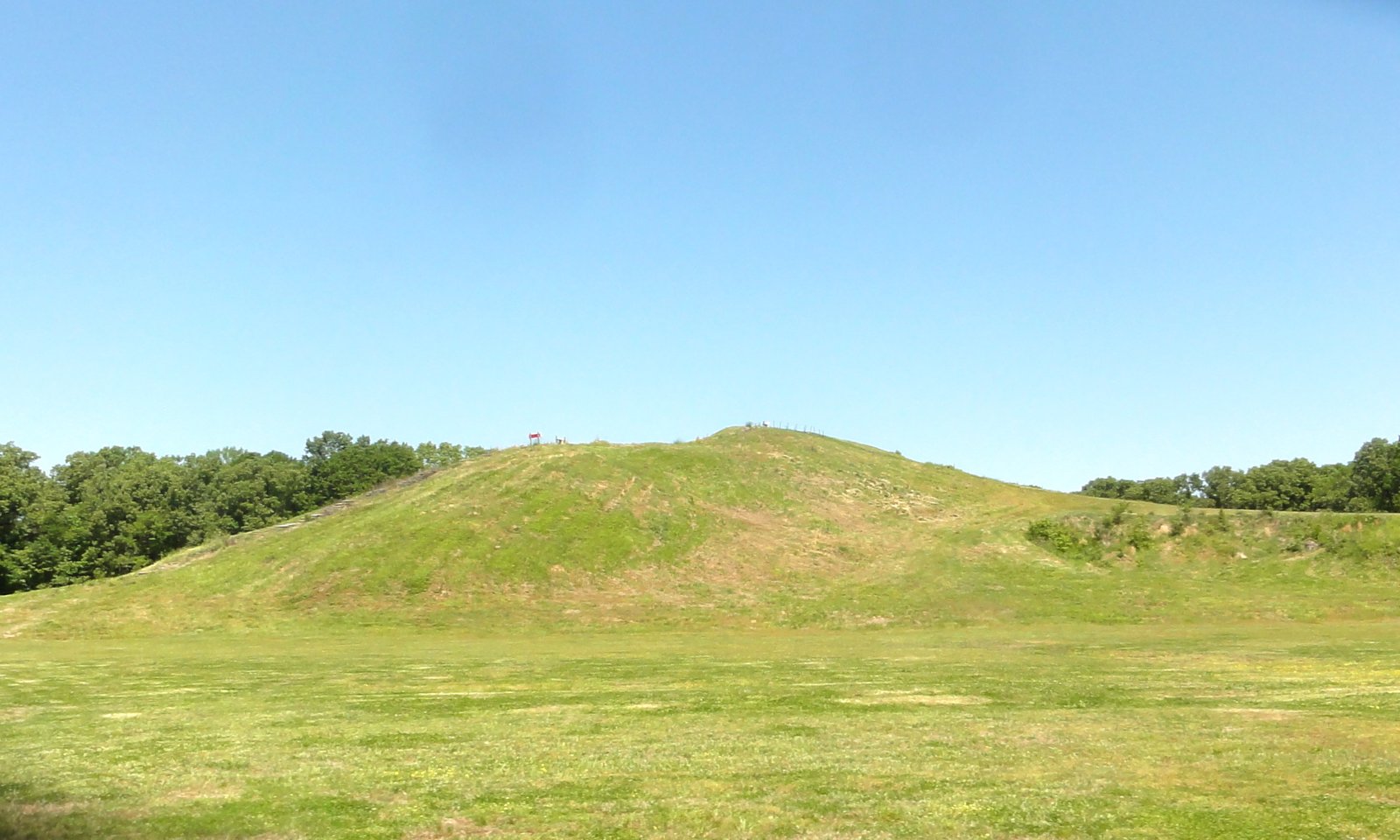
The mounds of Poverty Point are more than just piles of dirt—they are carefully shaped and purposefully placed. The largest, Mound A, rises 70 feet above the floodplain, its bird-like shape visible only from above. Were these mounds ceremonial platforms, astronomical observatories, or something else entirely? No one knows for sure. Some believe they served as gathering places for rituals or feasts, while others think they might mark astronomical events. Each mound is a riddle, its purpose both obvious and elusive.
Artifacts: The Clues Left Behind

Scattered throughout Poverty Point are thousands of artifacts—projectile points, beads, figurines, and the famous Poverty Point Objects, strange baked clay balls whose function is still debated. These items paint a vivid picture of daily life, from hunting tools to ornaments. The diversity of materials, including stones from hundreds of miles away, suggests a far-reaching network of trade. Each artifact is a puzzle piece, hinting at a culture rich in creativity and connection.
Trading Across Continents

Perhaps the most shocking discovery at Poverty Point is the evidence of long-distance trade. Archaeologists have found materials from as far away as the Great Lakes, the Appalachian Mountains, and even the Gulf Coast. Obsidian, copper, soapstone, and exotic stones arrived here through a vast web of exchange. This network connected Poverty Point to distant peoples, making it a hub of commerce and culture. It’s hard to imagine such a globalized world in ancient North America, but the evidence is there, baked into the clay and stone.
A Center of Ceremony and Community

Poverty Point was more than just a place to live—it was a center for gatherings, ceremonies, and perhaps even pilgrimages. The size of the site and the scale of feasts suggested by animal bones found in trash pits hint at large, communal events. People may have come from miles around to celebrate, share news, or honor the spirits. The earthworks provided a stage for rituals that bound the community together. In a world before cities, Poverty Point was a beacon for the surrounding region.
Life Along the Bayou

Living at Poverty Point meant adapting to the rhythms of the Mississippi Delta. The builders hunted deer, fished the bayous, and gathered nuts and berries from the forests. The nearby river provided transportation and food, while the rich soils supported abundant plant life. Life could be harsh—floods, storms, and disease always threatened—but the community’s success shows a deep understanding of their environment. Their ability to thrive here, and to build something so enduring, speaks to their resilience.
Women, Children, and Daily Life
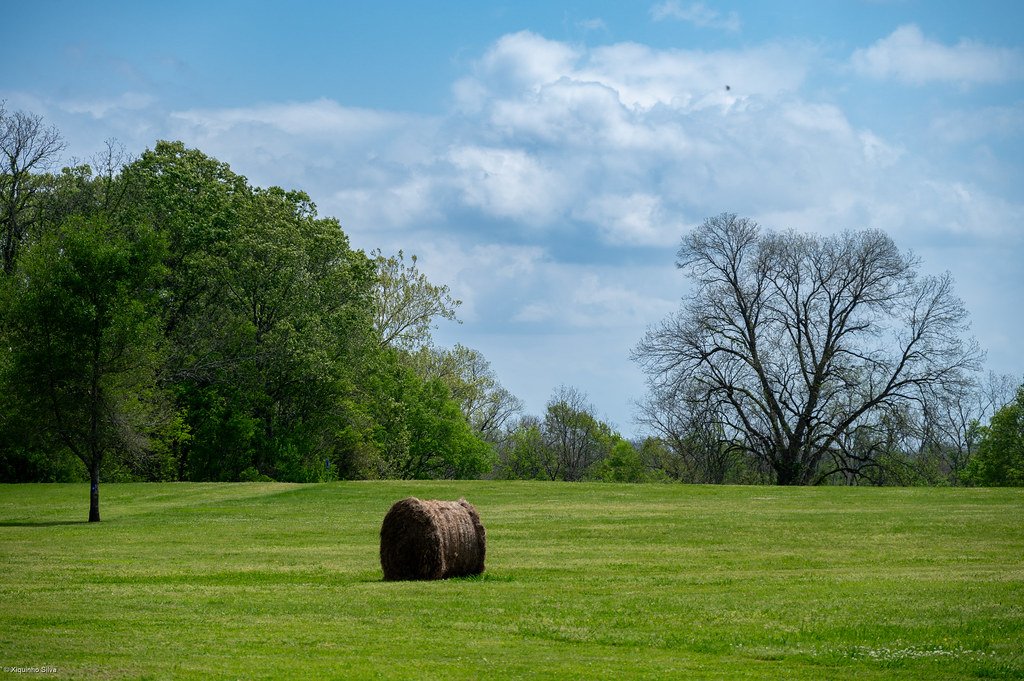
While the monumental earthworks grab our attention, daily life at Poverty Point was a tapestry of family, tradition, and hard work. Archaeologists have found evidence of houses, hearths, and tools for grinding seeds or cooking food. Women likely played key roles in gathering, food preparation, and crafting. Children learned skills from their elders, running and playing among the ridges. The story isn’t just about big structures—it’s about families building a home together, generation after generation.
Spiritual Worlds: Religion and Cosmology

What did the builders of Poverty Point believe? The layout of the ridges and mounds suggests they may have been aligned with celestial events—solstices, equinoxes, or lunar cycles. Artifacts like bird-shaped pendants and enigmatic figurines hint at a spiritual world rich in symbolism. Some scholars think the site was a sacred landscape, a place where earth and sky met. The rituals performed here, now lost to history, would have bound people to each other and to the cosmos.
Why Did They Disappear?

Around 1100 BCE, the builders of Poverty Point vanished from the site. The reasons remain unclear. Was it climate change? Resource depletion? Social upheaval? There are no signs of war or disaster—just a slow fading away. After centuries, the city was abandoned, left to the elements and the slow growth of grass and trees. The disappearance of its people is one of North America’s great archaeological mysteries, fueling endless speculation and debate.
Modern Rediscovery
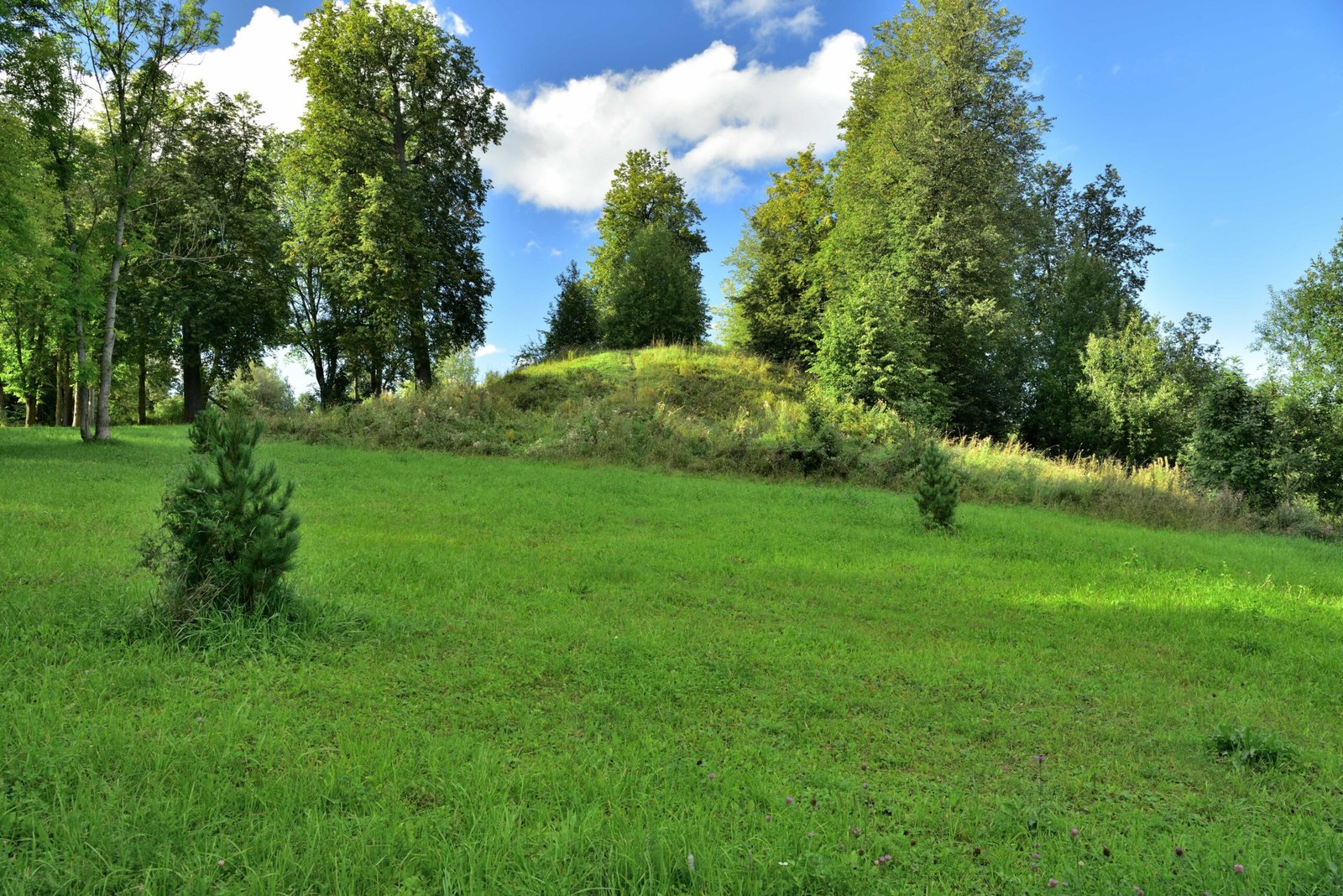
For centuries, locals thought the mounds were just odd hills or natural features. It wasn’t until the 20th century that archaeologists realized their true significance. Excavations began to reveal a forgotten chapter of American history, one that challenged old ideas about what ancient societies could achieve. Today, Poverty Point is recognized as a UNESCO World Heritage Site, drawing visitors and researchers from around the world. Its rediscovery is a reminder that the past is always closer than we think.
Technological Advances in Archaeology

Recent advances in technology have revolutionized our understanding of Poverty Point. Tools like ground-penetrating radar, LiDAR, and drone mapping allow scientists to glimpse structures hidden beneath the surface. These technologies have revealed new features—roads, plazas, and even possible residential zones. Each discovery adds another layer to the story, showing how much we still have to learn. It’s a bit like peeling an onion, each layer revealing fresh surprises.
The Legacy of Poverty Point

The story of Poverty Point continues to inspire. It challenges our assumptions about ancient North America and the people who lived here. The builders’ achievements in engineering, organization, and culture stand as a testament to human creativity. Their legacy endures not just in the earthworks, but in the questions they left behind. As we dig deeper, we’re reminded that history is full of surprises—and that the human story is far richer than we ever imagined.
Lessons for the Future

Poverty Point’s story is more than just an archaeological puzzle—it’s a lesson in perseverance and cooperation. The builders worked together to create something lasting, using only what they had and drawing strength from their community. In a world facing big challenges, their example resonates. What can we achieve if we work together, across boundaries and generations? The echoes of Poverty Point urge us to look both backward and forward, to cherish our shared heritage, and to dream boldly about the future.




